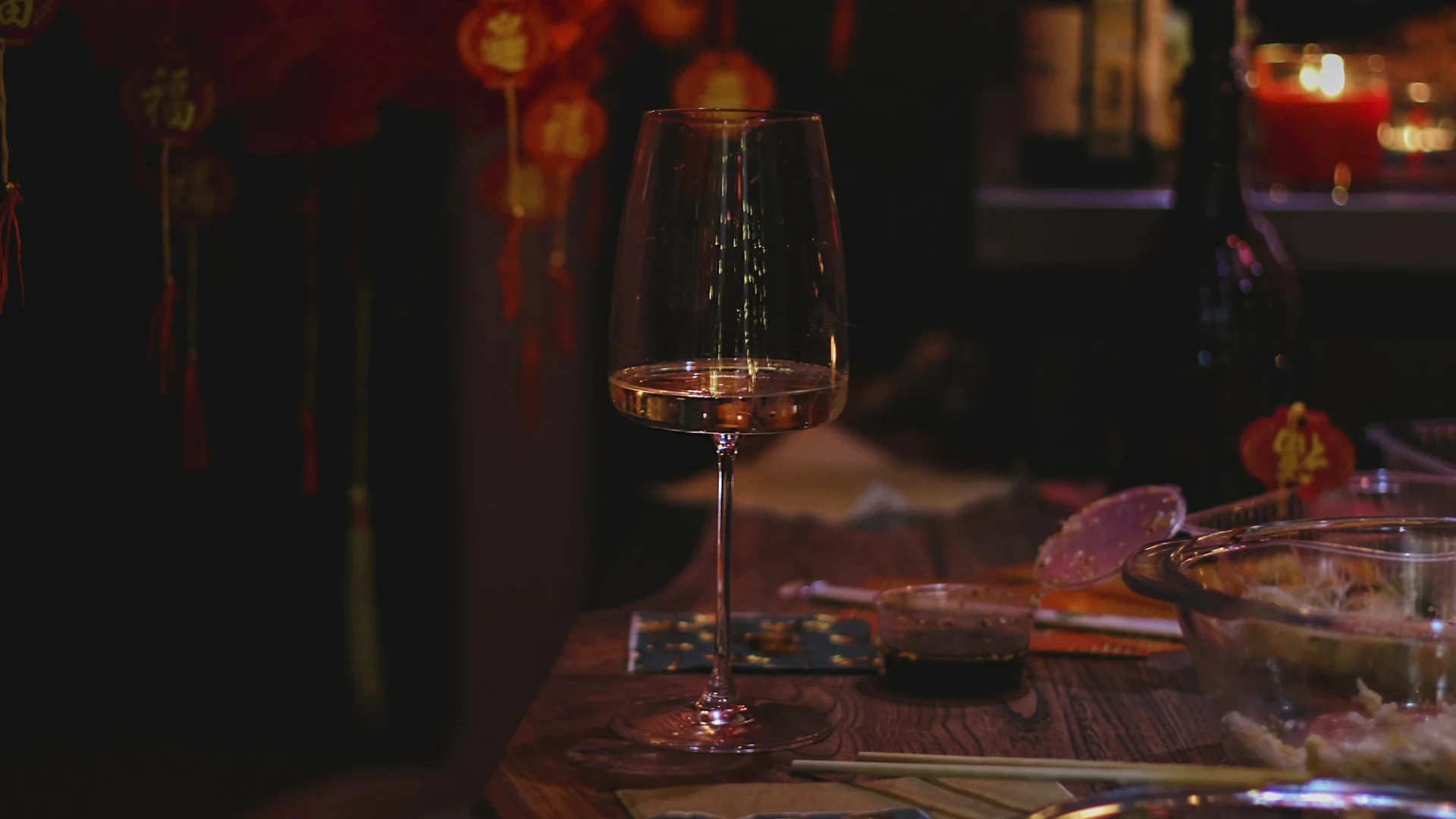
Most white wines play it safe: fruity, easy-drinking, and unfortunately forgettable. Assyrtiko wine doesn't do that. It's not trying to be liked by everyone. It's trying to be memorable. Born from the black volcanic ash of Santorini, this Greek rebel wine delivers mouth-watering, razor-sharp acidity, briny minerality, and a story etched in stone, salt, and survival.
In this guide, we’ll explore what makes Assyrtiko so distinctive — from its winemaking process and climate-tough terroir to its flavour profile, food pairings, serving tips, and how to choose a bottle worth your time. We’ll compare it to better-known whites, dig into its sustainability practices, and show why it’s a wine that refuses to be ordinary.
Whether you're a curious beginner or a wine geek in search of something real, Assyrtiko is your wake-up call. It punches with precision, lingers with intent, and demands your attention — one volcanic sip at a time.
Assyrtiko wine is a dry white made primarily from the Assyrtiko grape, native to the island of Santorini. It delivers high acidity, citrus-driven flavour, and a streak of salty minerality thanks to its volcanic roots. Think of it as Chablis with a Greek passport. Some call it a white that behaves like a red because of its structure, intensity, and ability to age. Beyond dry styles, Assyrtiko also stars in Vinsanto, a luscious sweet wine made from sun-dried grapes.
Assyrtiko is more than just a wine; it’s a reflection of survival. Born in an environment of extremes, this wine carries the climatic fingerprint of its origin. It is no coincidence that it’s been dubbed a hero grape for future winemaking in a warming world. This wine grabs your attention, not with perfume or sugar, but with an uncompromising profile that says, "I am what I am."
Winemakers often choose stainless steel to preserve Assyrtiko's zippy acidity and clean fruit profile. But when oak enters the picture, such as in Nykteri, a traditional Santorini style aged in barrels, the wine gains depth, with notes of lemon curd, brioche, and toasted almond. Aging the wine on lees adds texture, enhancing complexity.
Some winemakers embrace wild fermentation, letting indigenous yeasts work their magic, resulting in earthy, smoky notes. Others use concrete eggs, amphora, stainless steel vats, or a mix of new and old oak to achieve a richer mouthfeel. These choices are about expressing different dimensions of Assyrtiko — from crisp and sharp to bold and savoury.
For sweet Vinsanto style, the grapes are sun-dried, fermented slowly, and aged in barrel for years, developing aromas of apricot, caramel, molasses, and coffee. A tiny glass of this elixir tells a centuries-old story of trade, craftsmanship, and island pride.
Whether bone-dry or sugar-rich, Assyrtiko's defining feature is always its electric acid spine. Even when full-bodied or aged, the wine's acid structure remains intact, carrying it through. Some wineries are now crafting sparkling Assyrtiko, which amplifies its natural brightness and minerality.
Drinking Assyrtiko is like squeezing a lemon over a salt block. It leads with citrus (lemon, lime, grapefruit), followed by flavours of wet stone, flint, and sea spray. The body is medium, but the structure is firm, sometimes with a phenolic grip (think citrus pith).
On the nose, you might pick up hints of orange peel, white pepper, or even a subtle floral tone. The palate is more commanding: dry, focused, and tightly wound. Some Assyrtikos have a smoky, volcanic undertone, while others express vibrant green apple, pear, and jasmine.
Oak-aged styles bring in notes of toast, vanilla, and spice, while aged bottles develop flavours of honey, beeswax, and hazelnut. A 10-year-old bottle might even offer aromas of walnut, brulee, or preserved lemon. It’s a wine that punches hard and lingers long—refreshing, serious, and unmistakably terroir-driven.
It’s also a textural experience: sharp yet grippy, zesty yet rounded. That balance of opposites makes Assyrtiko not just drinkable, but intellectually engaging. Each glass invites you to pause and decode its layers—an ongoing conversation in liquid form.
Assyrtiko, due to its high acidity, is a very food-friendly wine. But which pairings make Assyrtiko shine?
To put it simply, if it swims, swims near salt, or comes with lemon, pair it with Assyrtiko. It’s magic with oysters, grilled fish, shellfish, octopus, and anything fried or garlicky. Its acid slices through rich sauces and highlights salty, briny foods like feta, olives, and anchovies.
It excels with sushi, ceviche, and even tempura. You can confidently pair it with mussels in white wine, shrimp scampi, or lemon-dressed roasted chicken. Greek classics like saganaki, dolmas, and lamb souvlaki sing when paired with it.
With charcuterie or pork, the wine’s structure stands up where most whites fold. Assyrtiko with jamón ibérico? Surprisingly perfect. Vinsanto, a sweet Assyrtiko wine, pairs beautifully with aged cheese, figs, or chocolate. Or skip dessert and sip it as the dessert itself.
Think of Assyrtiko as a culinary chameleon with a Mediterranean soul. If a dish could use lemon, it will thrive with this wine. The wine's adaptability gives it unmatched pairing versatility.
The climate of Santorini, a volcanic island, is as brutal as the landscape is beautiful: hot and scorching sun, howling wind, and no rain. But here, Assyrtiko grapes thrive. Vines are trained into basket-shaped koulouras, shielding grapes from wind and sun. These old, ungrafted vines, grown in volcanic soils, dig deep into the earth for moisture and yield intensely concentrated fruit.
The terroir is unmatched: porous, mineral-rich pumice, no clay, and very low organic matter. This forces vines to dig deep, sometimes up to 20 meters, in search of water. The low rainfall, coupled with high UV exposure, compresses the growing season, packing maximum phenolic development into each grape.
Beyond Santorini, other Aegean Islands, such as Crete and Tinos, as well as mainland Greek wine regions like Macedonia, Peloponnese, and Drama, produce amazing examples of Assyrtiko wines. Each location introduces a twist.
It’s not just Greece’s gift to the wine world; it’s a toolkit for the future. In an era of droughts and climate shifts, Assyrtiko’s resilience is getting noticed. It is increasingly seen as a climate-change champion, able to adapt while maintaining high-quality output.
Serve Assyrtiko around 50–55°F (10–13°C). Too cold and you lose the complexity; too warm and the acidity bites. Use a white wine glass or, for aged/oaked styles, a Burgundy bowl. Don’t fear a short decant.
If the wine is young and unoaked, pour and swirl. However, if it’s older or barrel-aged, a 15-minute decant allows it to shine. As it breathes, layers of mineral, fruit, and spice emerge.
For storage, keep bottles horizontal, cool, and in a dark location. High-quality Santorini Assyrtikos can age for 5–10 years or more, gaining richness. They reward patience with depth and complexity. Sweet Vinsanto? Practically immortal. Once opened, dry Assyrtiko lasts a few days; Vinsanto lasts weeks in the fridge.
The wine's low pH and high acidity mean it remains stable and fresh longer than many whites. It’s not just drink-now; it’s cellar-worthy. Proper storage enhances its aging potential, unlocking secondary and tertiary flavors.
Let’s stack Assyrtiko against Sauvignon Blanc:
Assyrtiko is the philosopher to SB’s party animal. Less perfume, more punch. It asks more of you and gives more back. If Sauvignon Blanc is the beach read, Assyrtiko is the literary thriller.
In addition to Sauvignon Blanc, Assyrtiko is also compared with other international wines like Riesling, due to its high acidity, freshness, and aging potential.
On Santorini, sustainability isn't just branding, it's a matter of survival. Vines are dry-farmed, trained low to capture dew, and require no irrigation. The climate prevents disease, so little or no spraying is needed. In addition, many vineyards are organically farmed by default.
No phylloxera means no grafting, no chemicals, and century-old vines remain healthy. Winemaking is often a low-intervention process, and some producers are turning to solar power, gravity-fed systems, and rainwater recycling.
Preserving ancient farming methods, maintaining biodiversity, and reducing fossil fuel use are all integral to the Assyrtiko culture. The vines are hand-harvested, and minimal machinery is used. This isn’t just greenwashing; it’s deep-rooted tradition meeting modern necessity.
The trend is toward regenerative viticulture, reintroducing native plants between rows to preserve soil health and local ecosystems.This is not just about organics—it’s about healing the land and making the wine part of a larger environmental system.
Assyrtiko doesn’t beg for your attention—it earns it. It delivers acid and attitude, minerality and meaning, and a direct line to one of the most distinct terroirs on Earth. It’s a wine for those who want more than just pleasant; they want place, personality, and a little provocation.
Whether you’re sipping it with oysters or aging it for a decade, Assyrtiko doesn’t play by the rules. And that’s exactly the point. It’s not trying to be Chardonnay or Sauvignon Blanc. It’s trying to be Assyrtiko. And it succeeds.
Ready to taste what volcanic soul in a bottle feels like? Raise your glass to grit, grace, and a Greek white that refuses to be ordinary.

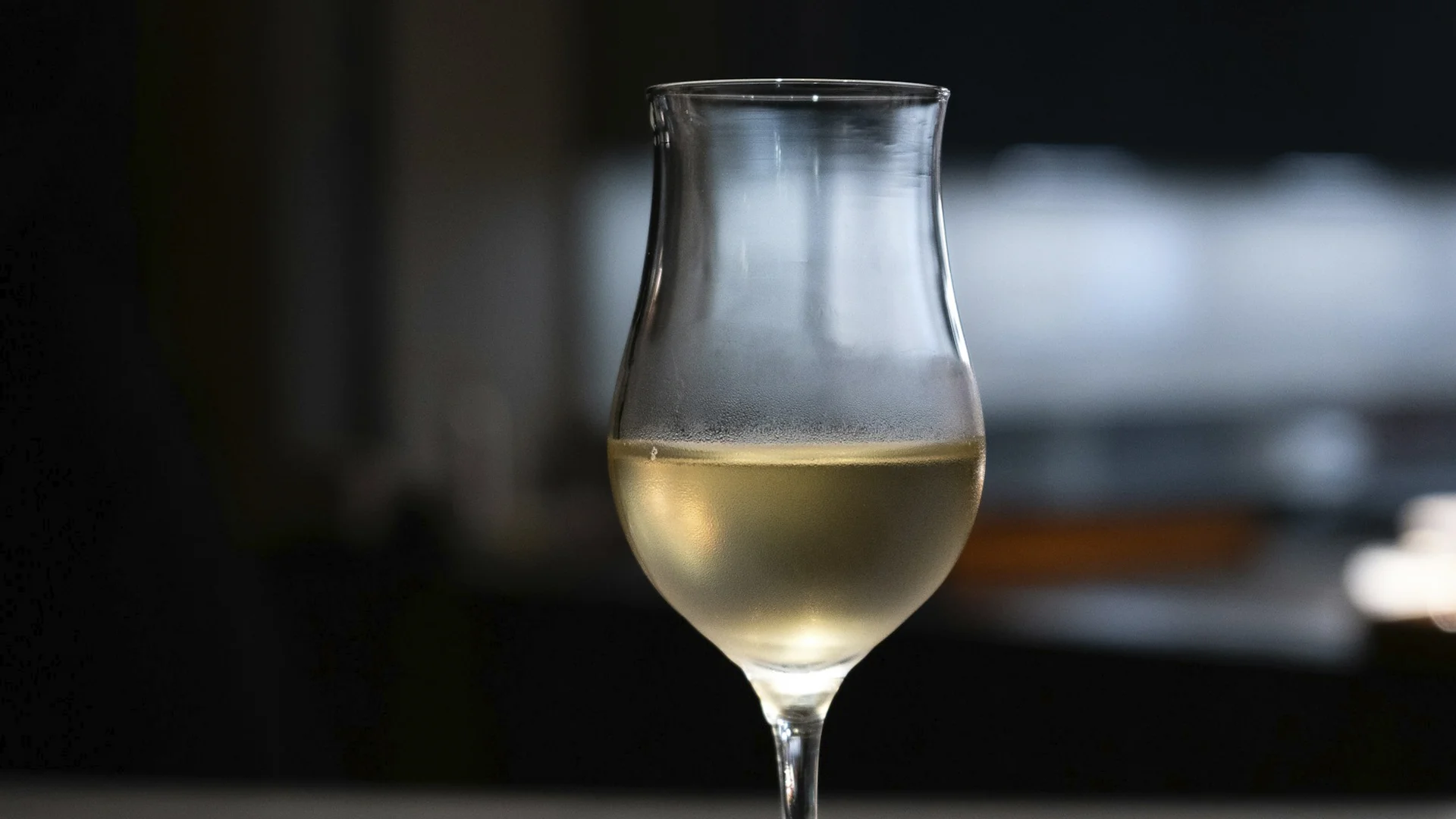

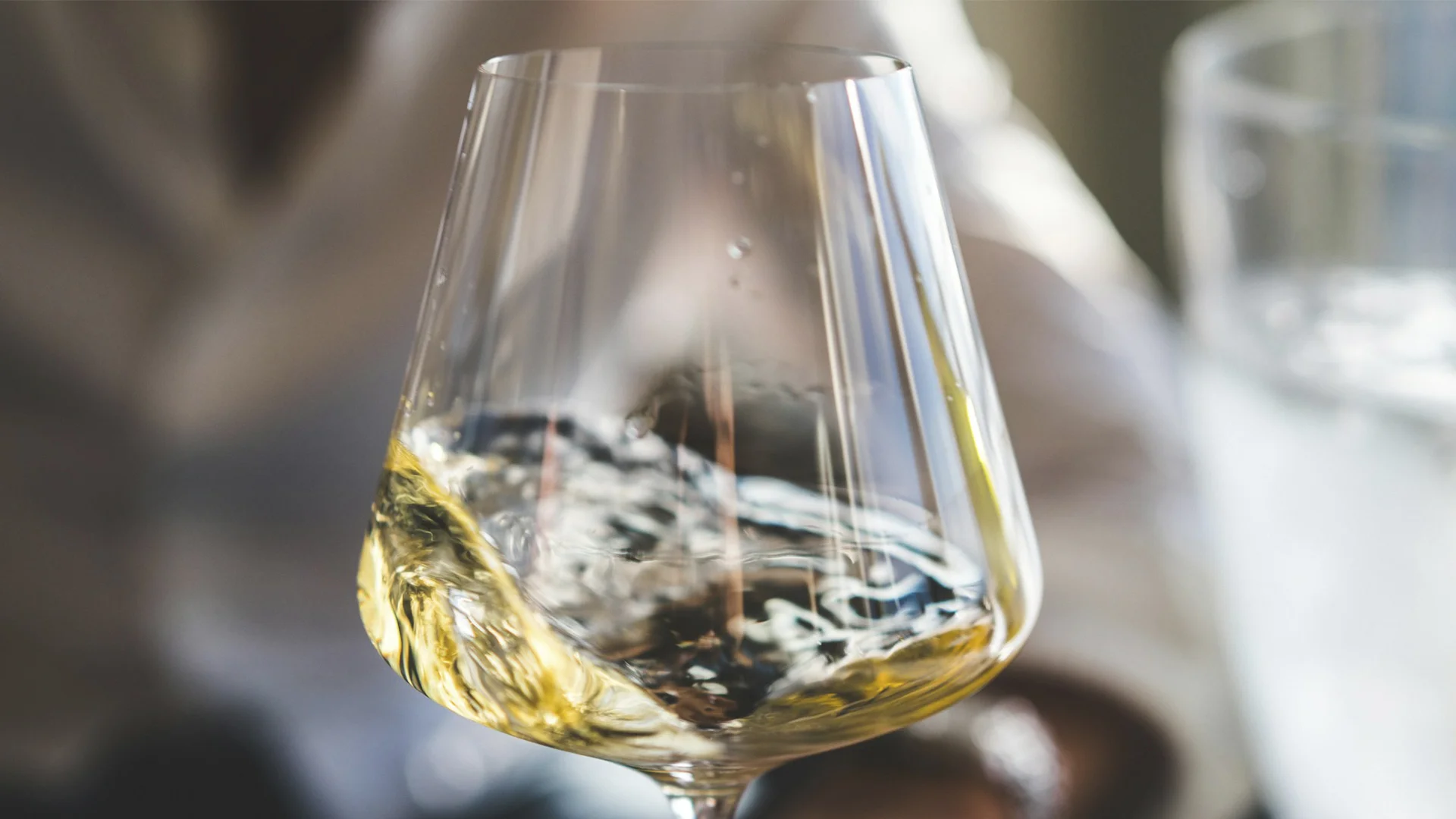


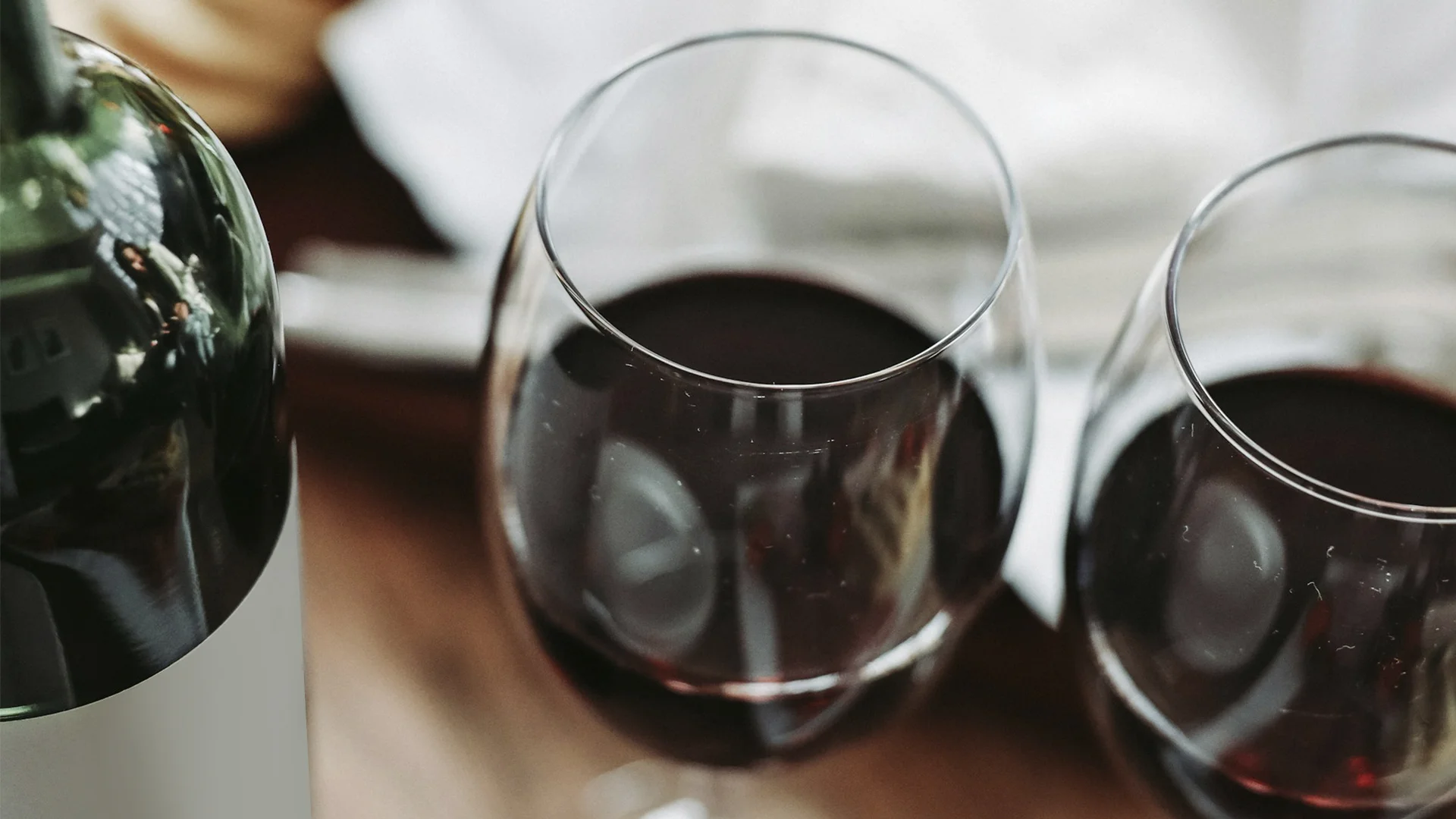
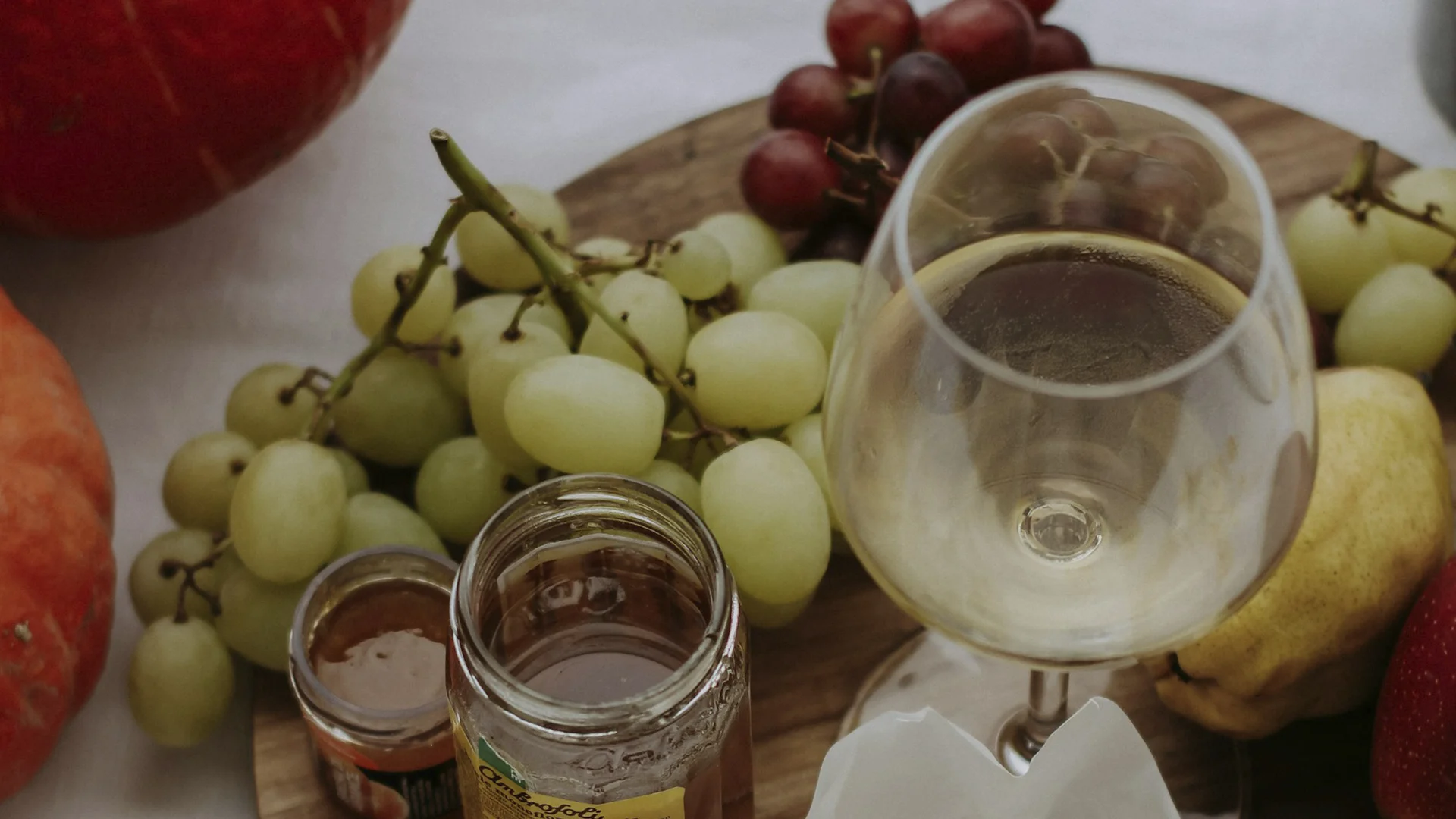













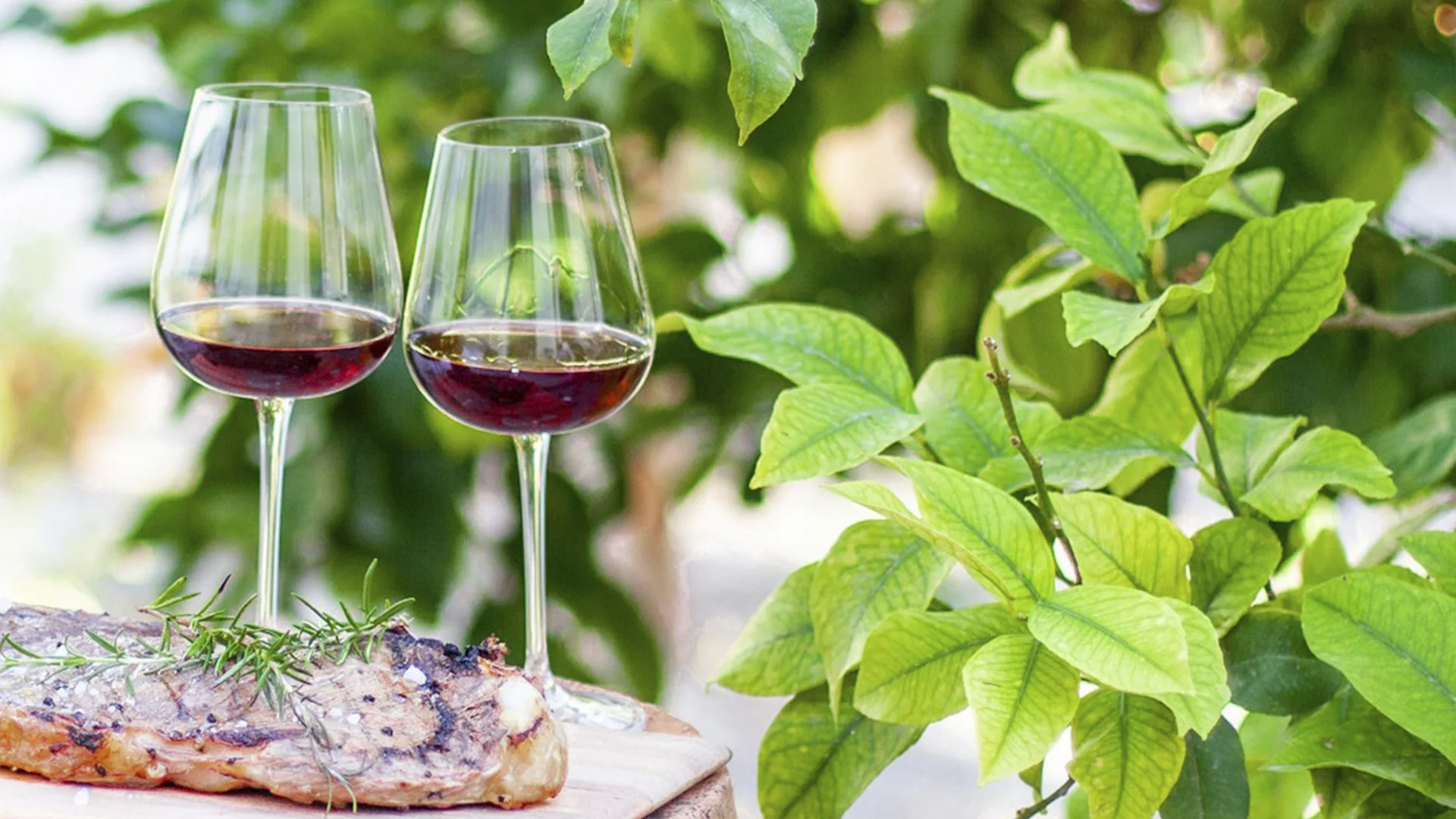





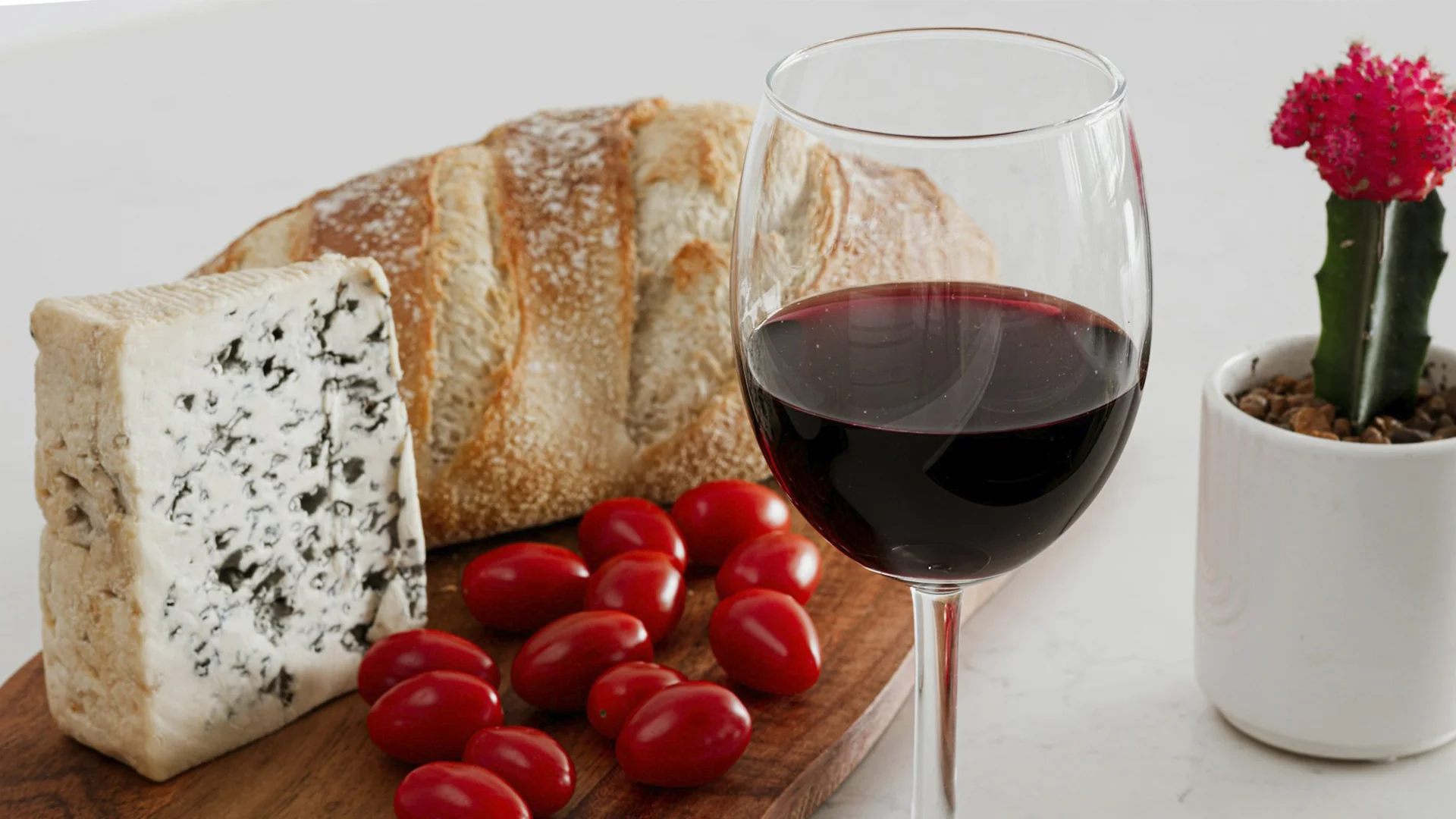



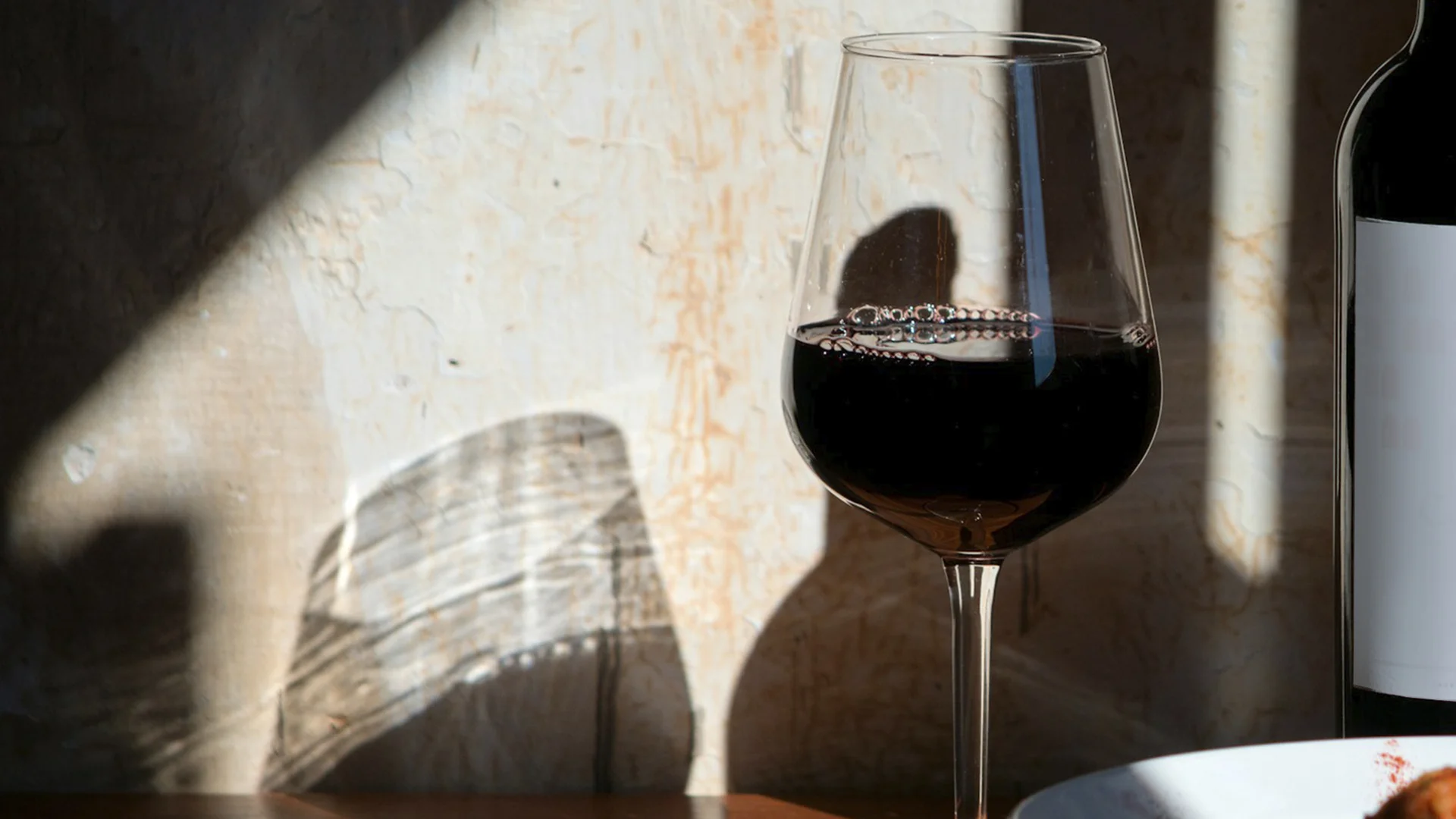
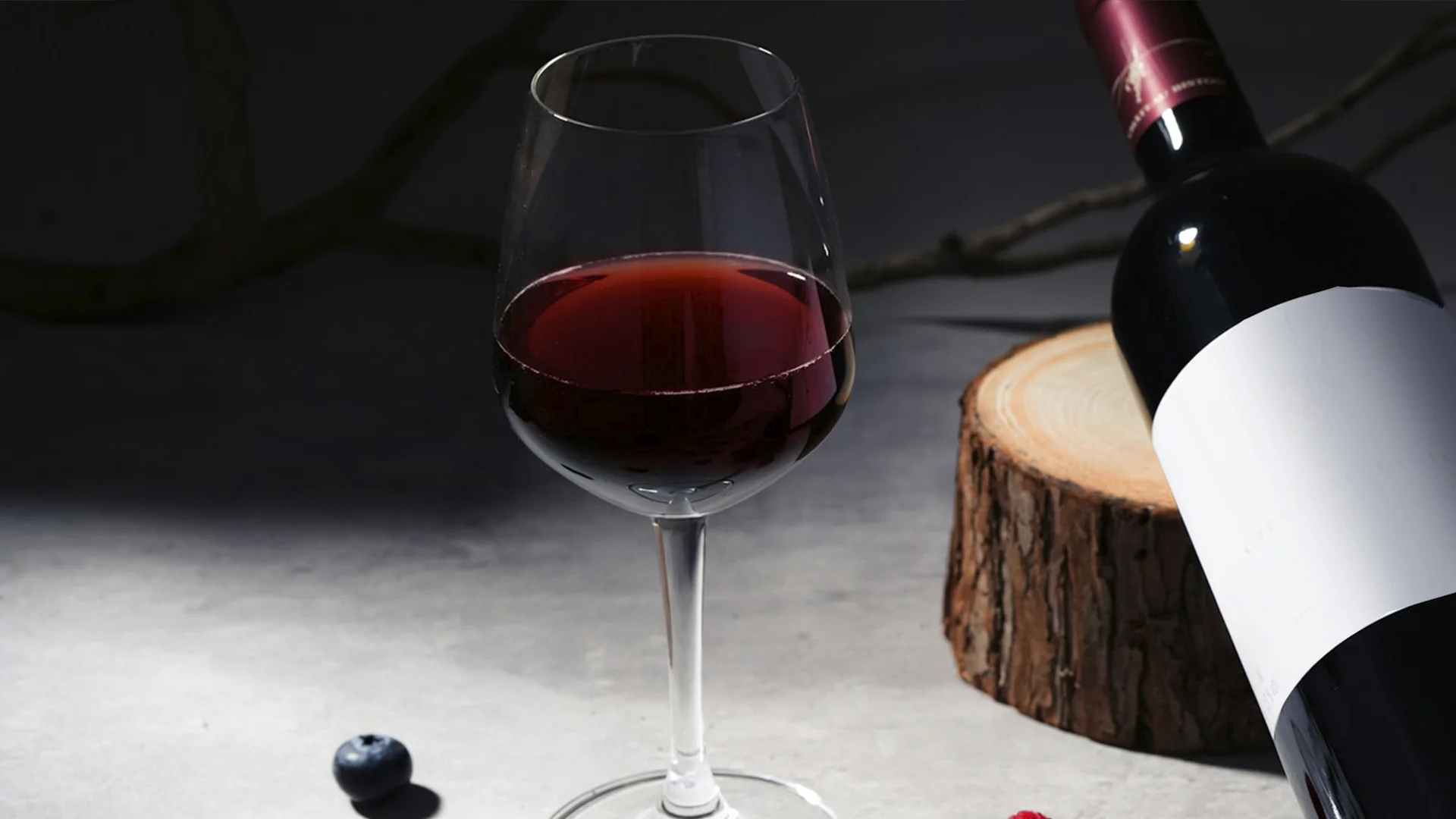

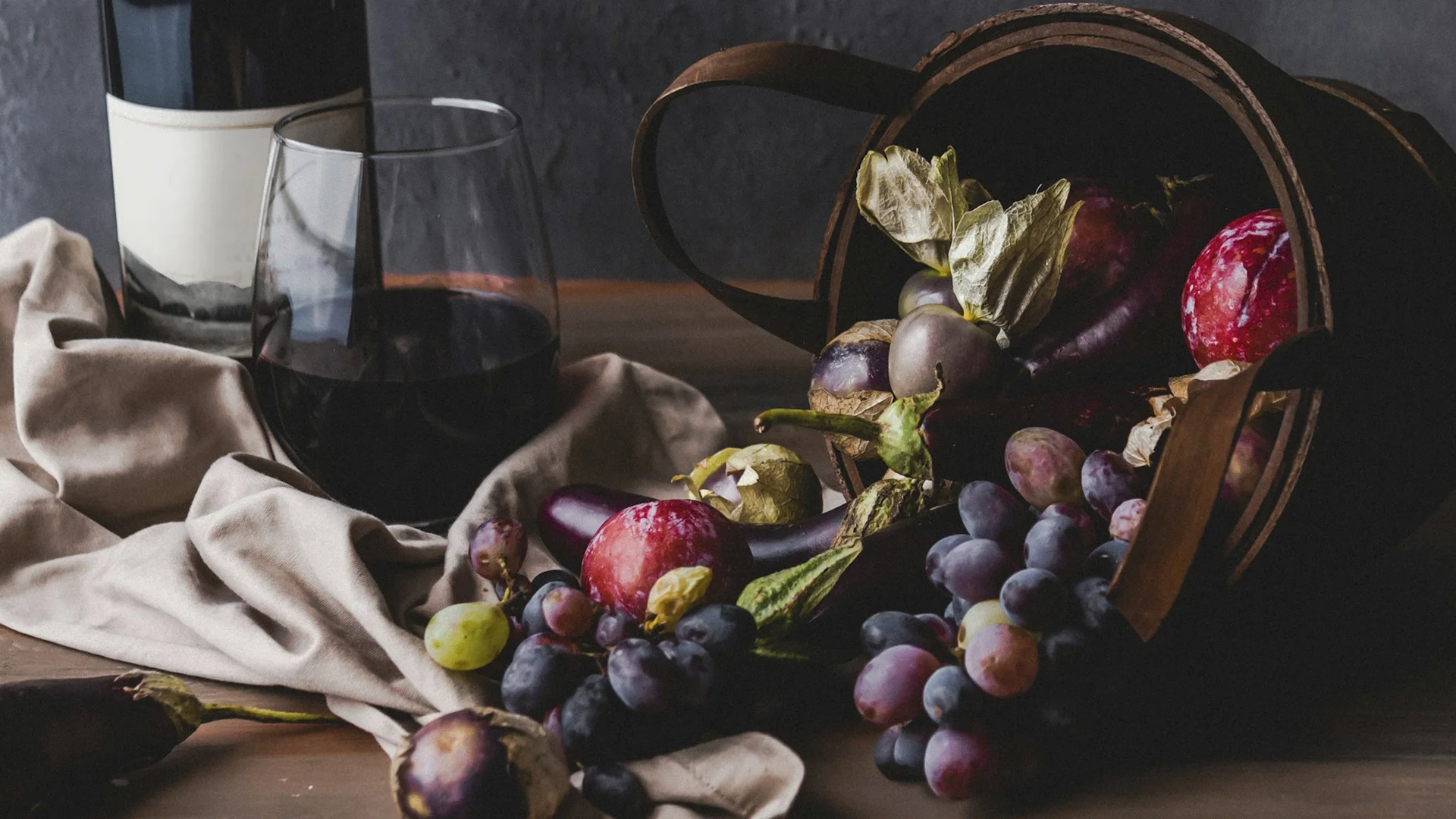
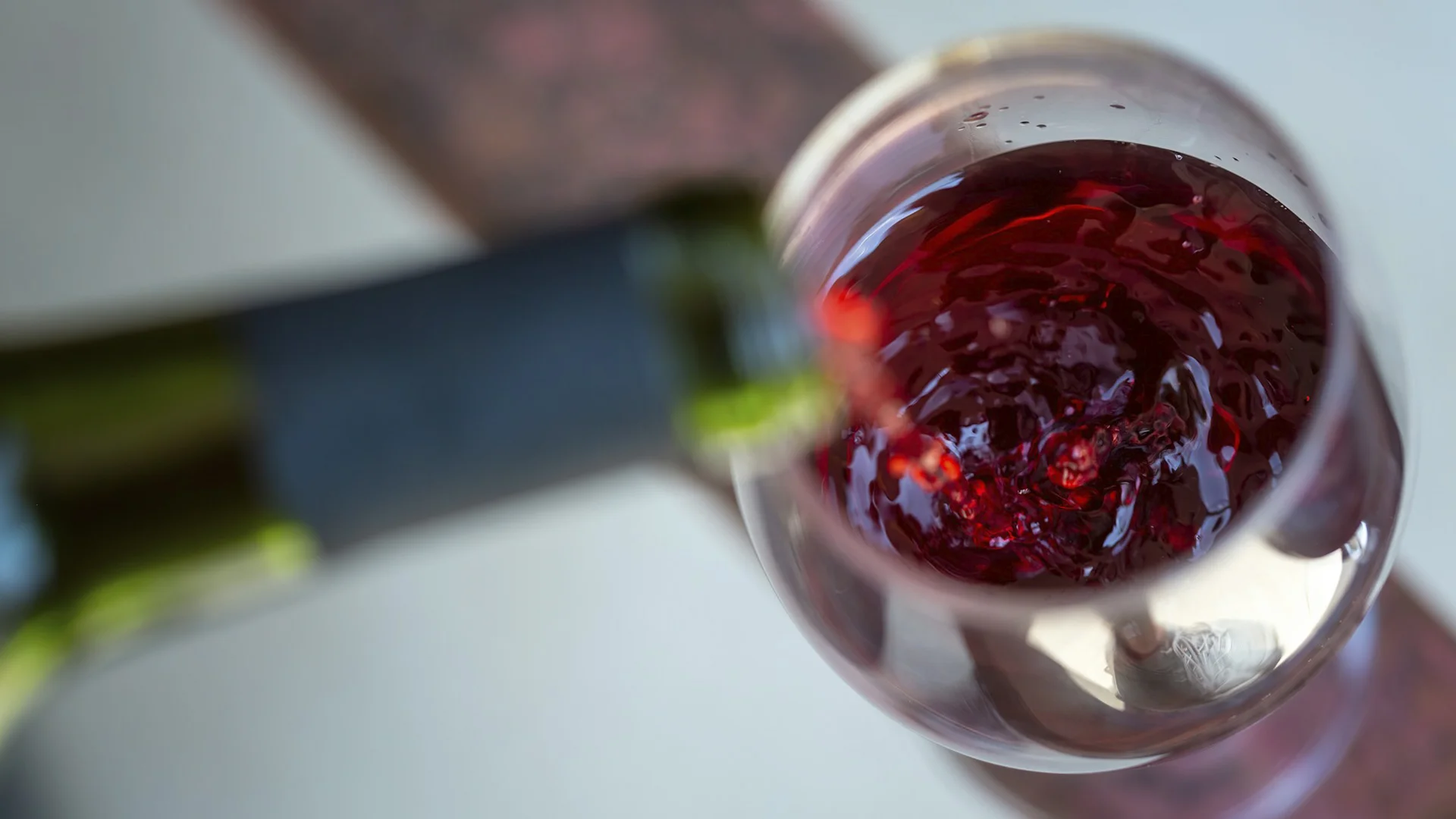







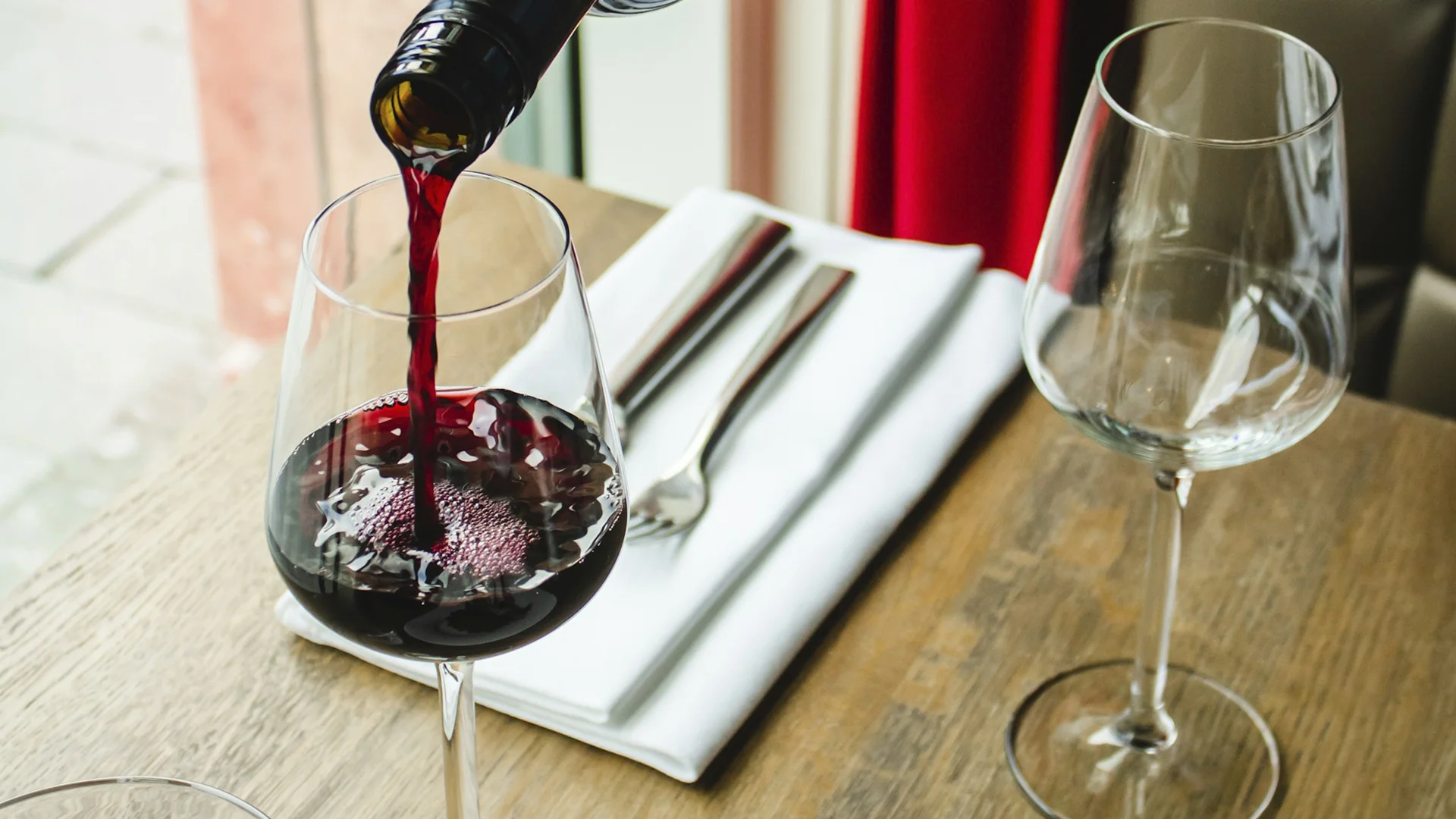












.webp)

.webp)
.webp)
.webp)



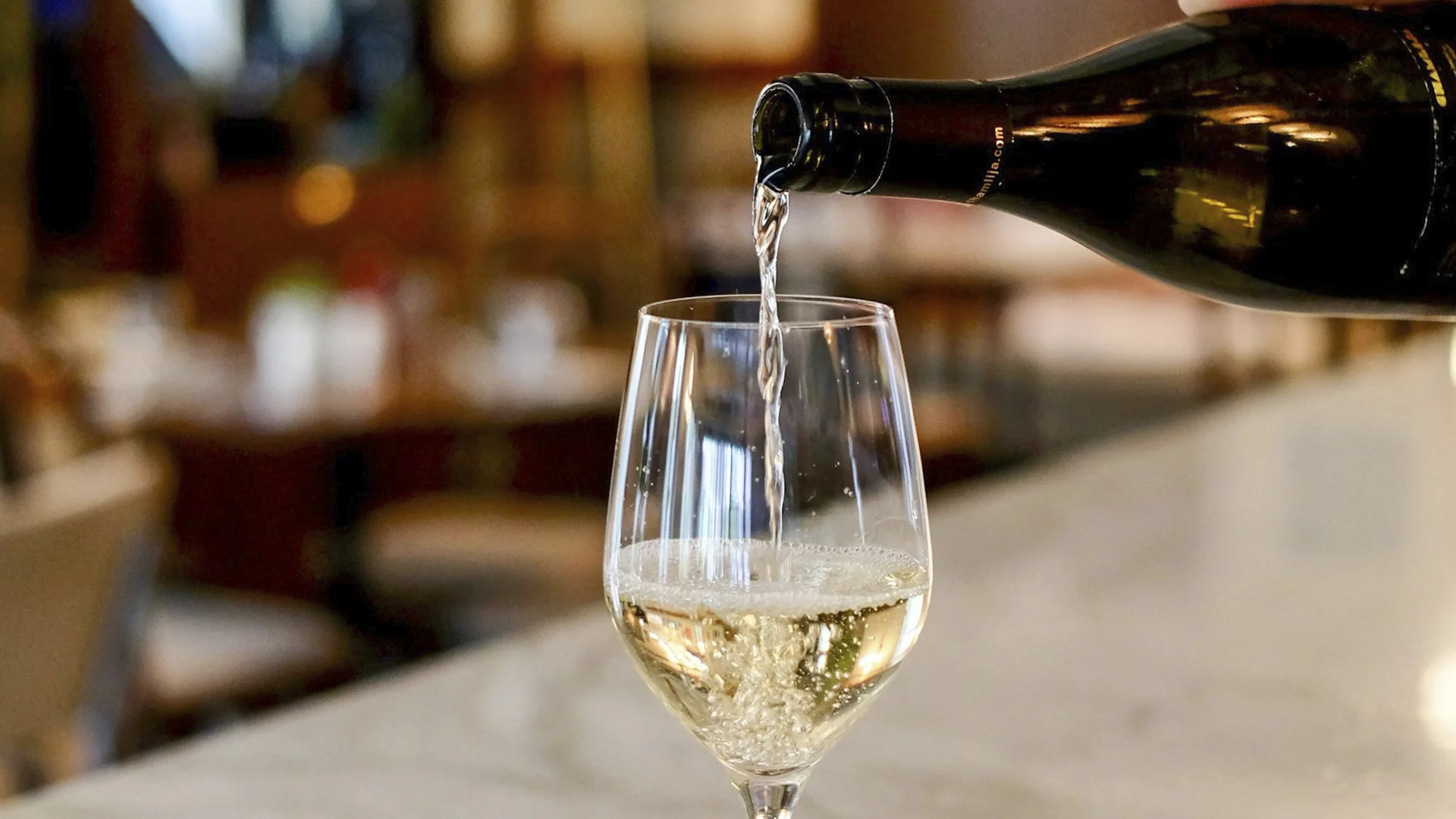


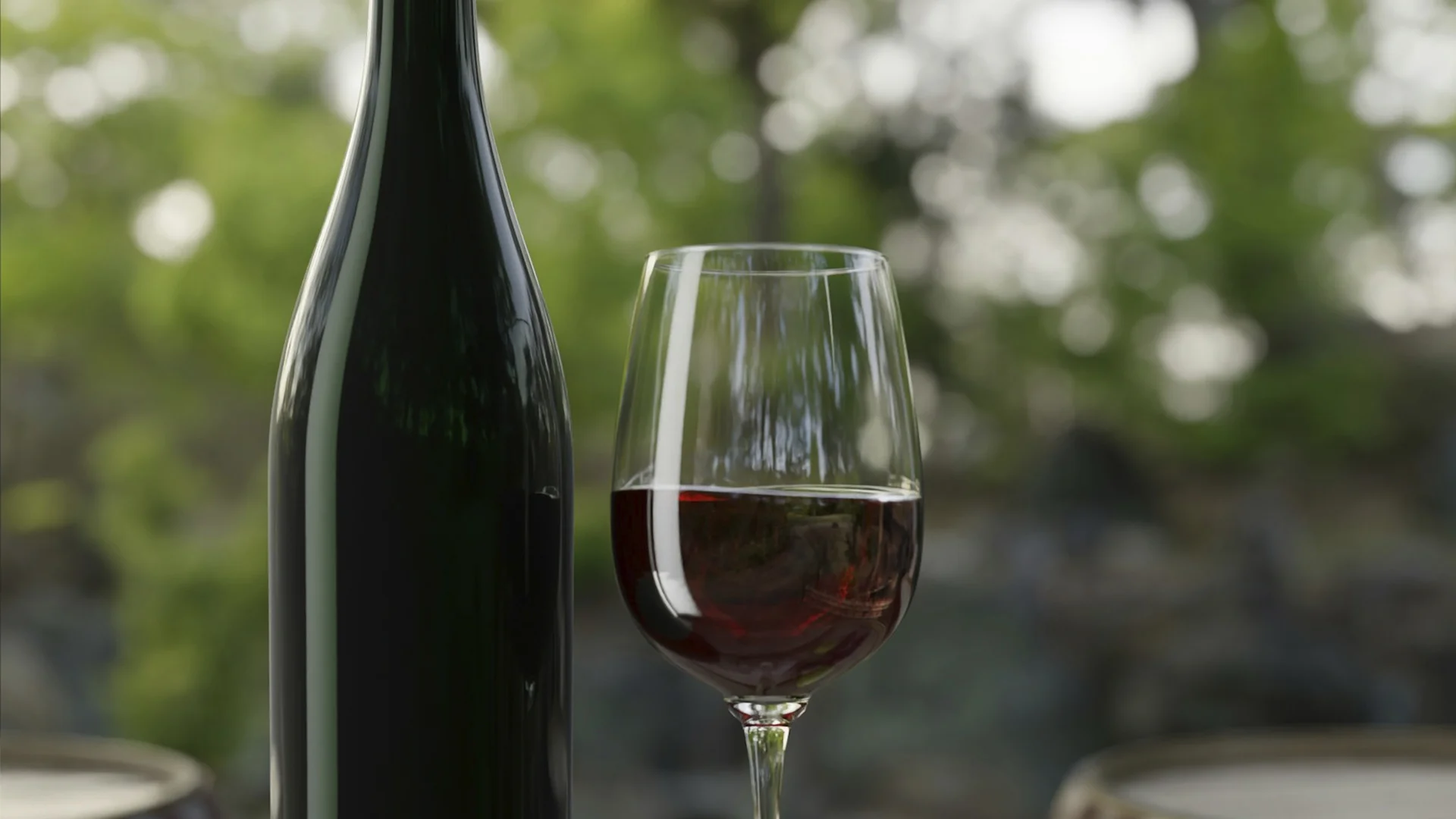



















.webp)













Are you interested in
collaborating with us?